Ningyocho, Tokyo
Ningyōchō is located next to Nihonbashi, Hamacho, and Kayabacho areas
It’s an old entertainment and pleasure town that also saw a lot of trade
Its name means “doll town” and is full of old, photogenic buildings
Translating literally to “doll town”, Ningyōchō has is a historical location in Tokyo.
I’ve been to the area a couple times. It sits right next to Nihonbashi, towards the eastern side of Tokyo and near the Sumida River.
I’ll share my Ningyōchō experience here in case you’re staying nearby or are looking to check it out. If you’re just looking for food recommendations, skip to the bottom.
How to get there
Ningyōchō Station has a couple of subway lines running through: Hibiya Line and Asakusa Line. Taking a long walk from Nihonbashi Station is also an option.
About Ningyocho
Ningyocho is part of the greater Nihonbashi area, which used to be an area for trade. The Ningyocho area specifically was an area for pleasure before relocating to Asakusa.
It later saw the first Kabuki theater set up in 1624 followed by other entertainment businesses, including puppet theaters, doll makers and so on, which influenced the naming of the town later on.
Current day Ningyocho is known for its small shops and historical feel. After all, Tokyo’s first shopping arcade was set up here in 1951. Because of this, it’s a great place to walk as you’ll come across a lot of old, photogenic buildings.
Housing in Ningyocho
Located in the Chuo Ward and in the vicinity of historical and high-end areas like Nihombashi, rent can be pretty expensive in Ningyocho. The average monthly cost for a 1K studio apartment is 119,100 JPY (USD $757) while a 1LDK single bedroom apartment is 212,800 JPY (USD $1,353) as of June 2024. [J]
Where we stayed
While we didn’t stay in Ningyōchō itself, it was only a short walk away. We stayed at the Hamacho Hotel, which is in the neighboring Hamacho area.
This hotel is a minimalist hotel and part of the recent wave of concept hotels popping up around Japan. It was completed in 2019 and has a restaurant and chocolate bar (bottom) inside. There’s also markets nearby which is convenient.
We stayed in their Terrace Room, a 40m² room with a small, private terrace area. The bed area is sunken which adds more dimension to the room, the bath was huge and the toilet was modern.
The cost of the room on the night we stayed was about USD $200, which is pretty reasonable. It was a nice hotel to stay at.


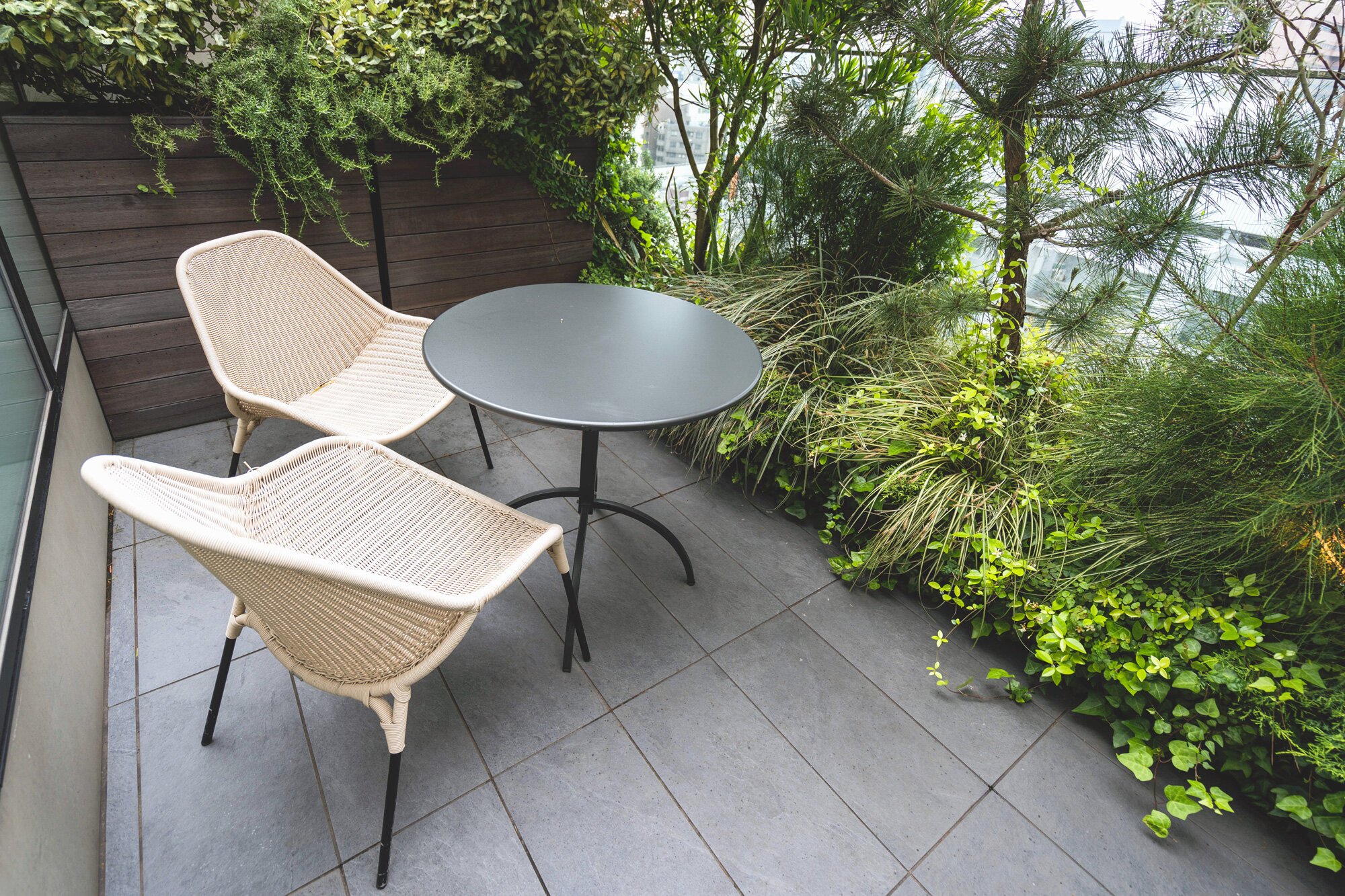



Here’s a video of the hotel and what we did in Ningyocho:
What we did
The times that I’ve visited Ningyocho, there was either no destination or the purpose was to eat at a specific place.
The early spring is a nice time to go because there’s an area called Amazakeyokocho, or “sweet sake alley”. There are shops that serve hot amazake, which is a sweet, rice porridge drink, and it really hits the spot on a cold day while exploring the town.
My recommendation is to pick a place to eat, bring a camera and enjoy the sights of the town while there. Here are some places that I’d recommend.
Where we ate
Tamahide


Tamahide is credited as being the original server of oyakodon, which is mainly known to be chicken and egg on rice. They first opened in 1760 which means they’ve been in business for over 250 years.
They originally were a higher end shamo nabe, or gamecock hot pot restaurant. In the late 1800s, they noticed people putting their remaining food on their rice and mixing it up, which is how the idea came about. They tried it, and were originally bashed for it because putting food on top of rice was considered low class and peasant-like. But people secretly enjoyed it and so they’d deliver the meals to them at home.
Fast forward to today and it’s a well known dish. One bowl is 2,800 JPY (~ USD $25.50). Tamahide is usually extremely crowded, so go early. While it wasn’t the best oyakodon I’ve ever eaten, it was great, and it’s quite a privilege to eat at the original spot.
nel
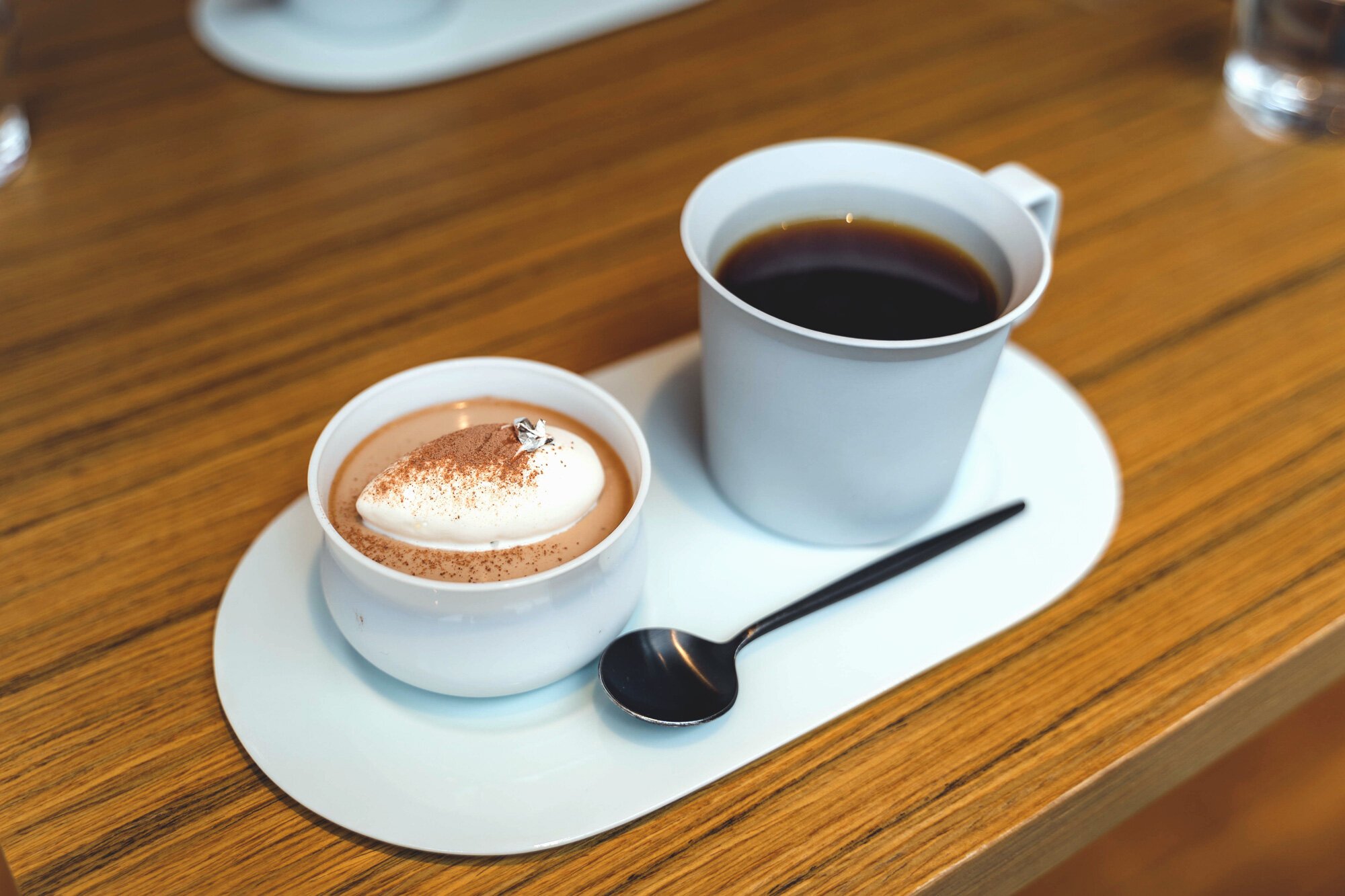




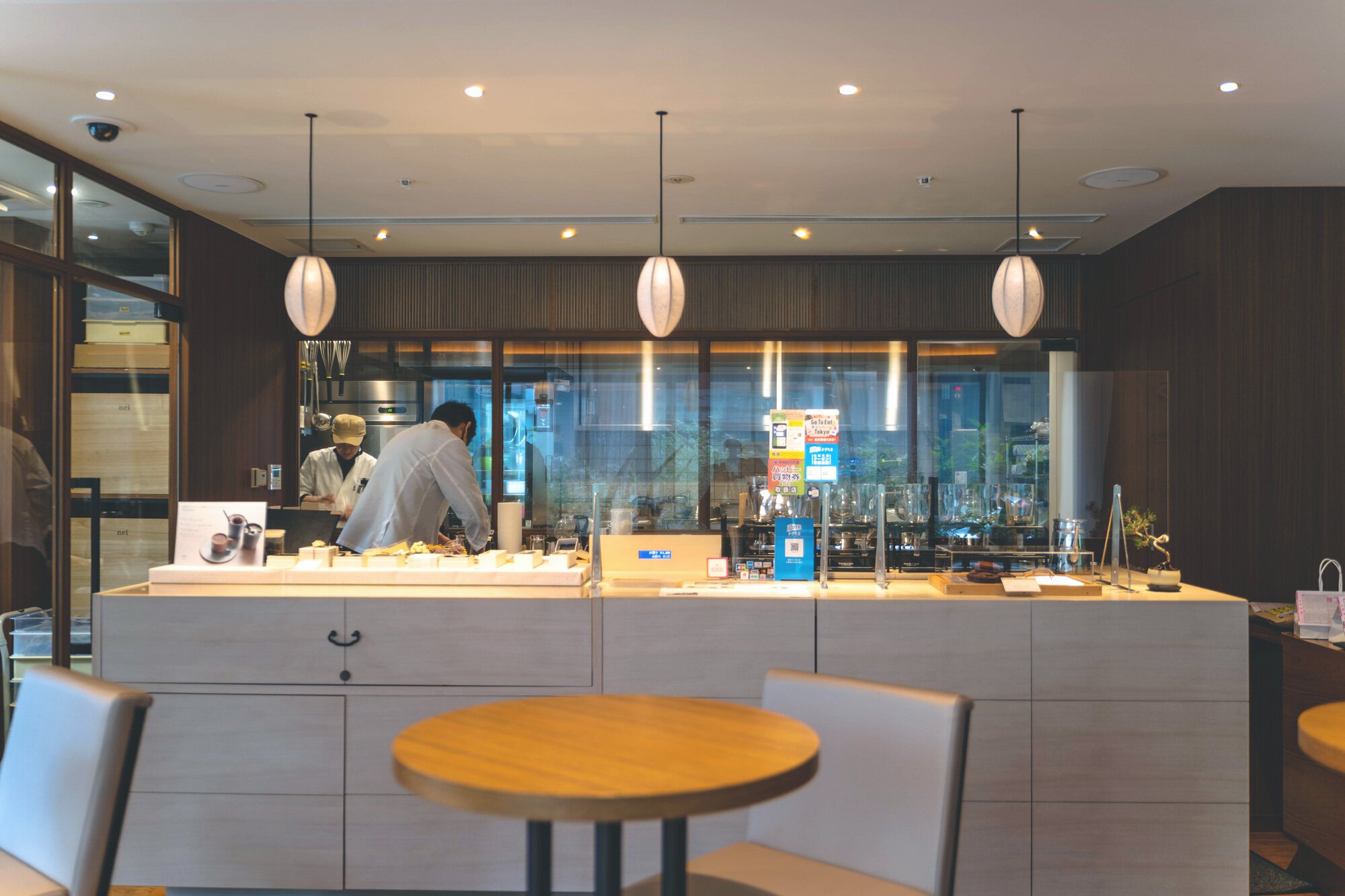
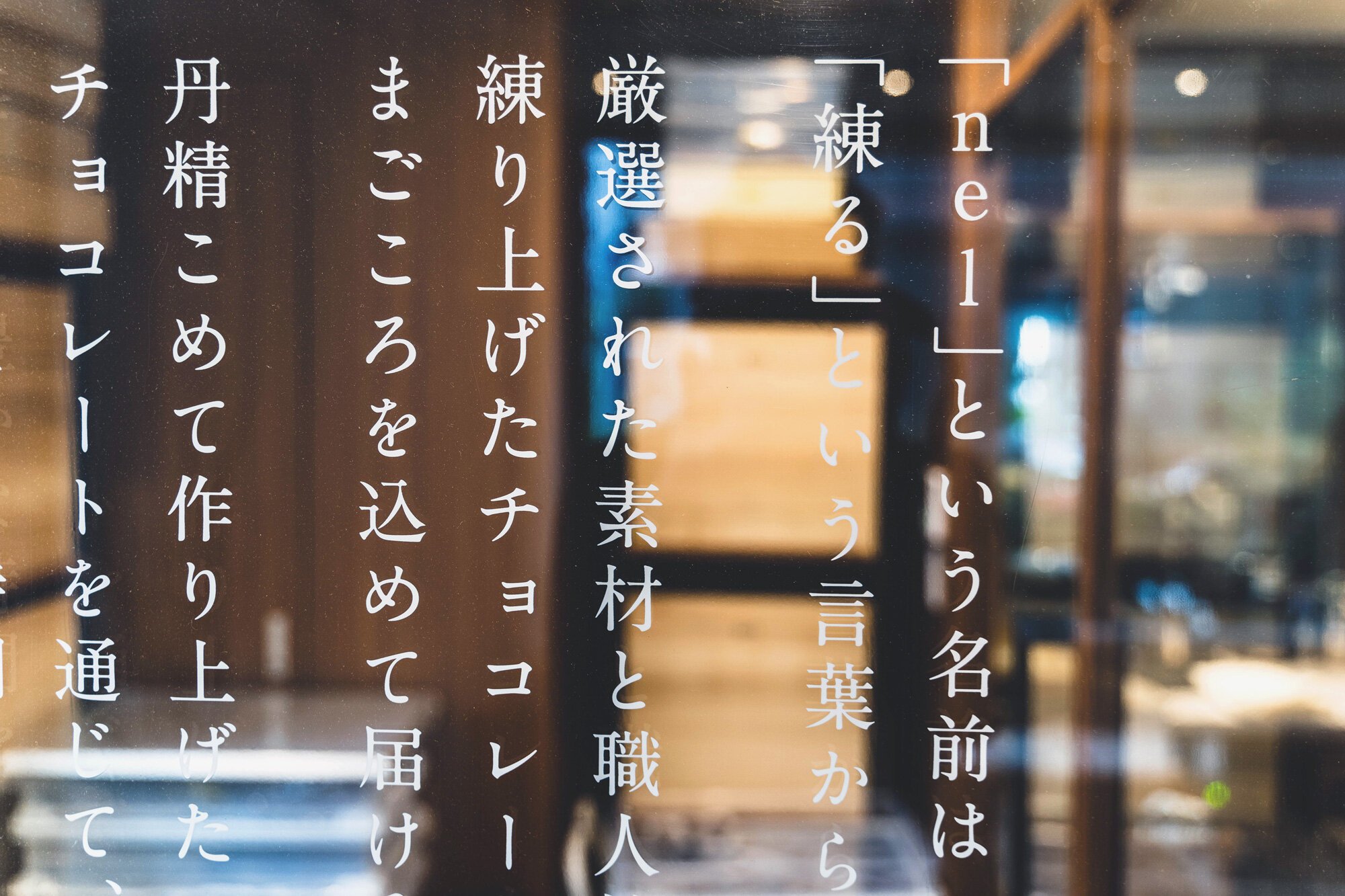
nel is a bean-to-bar, craft chocolate shop located in the Hamacho Hotel. Its name comes from “練る/ neru” in Japanese which is to knead.
The chief chocolatier here has studied under an international award winning chocolatier in Kyoto, worked as a sous-chef, as well as in patisserie in a Luxembourg, France.
They have coffee sets (972 JPY / ~ USD $8.85) and also have a range of different chocolates and chocolate tablets, and their high quality is easy to recognize and taste.
Ningyocho Imahan

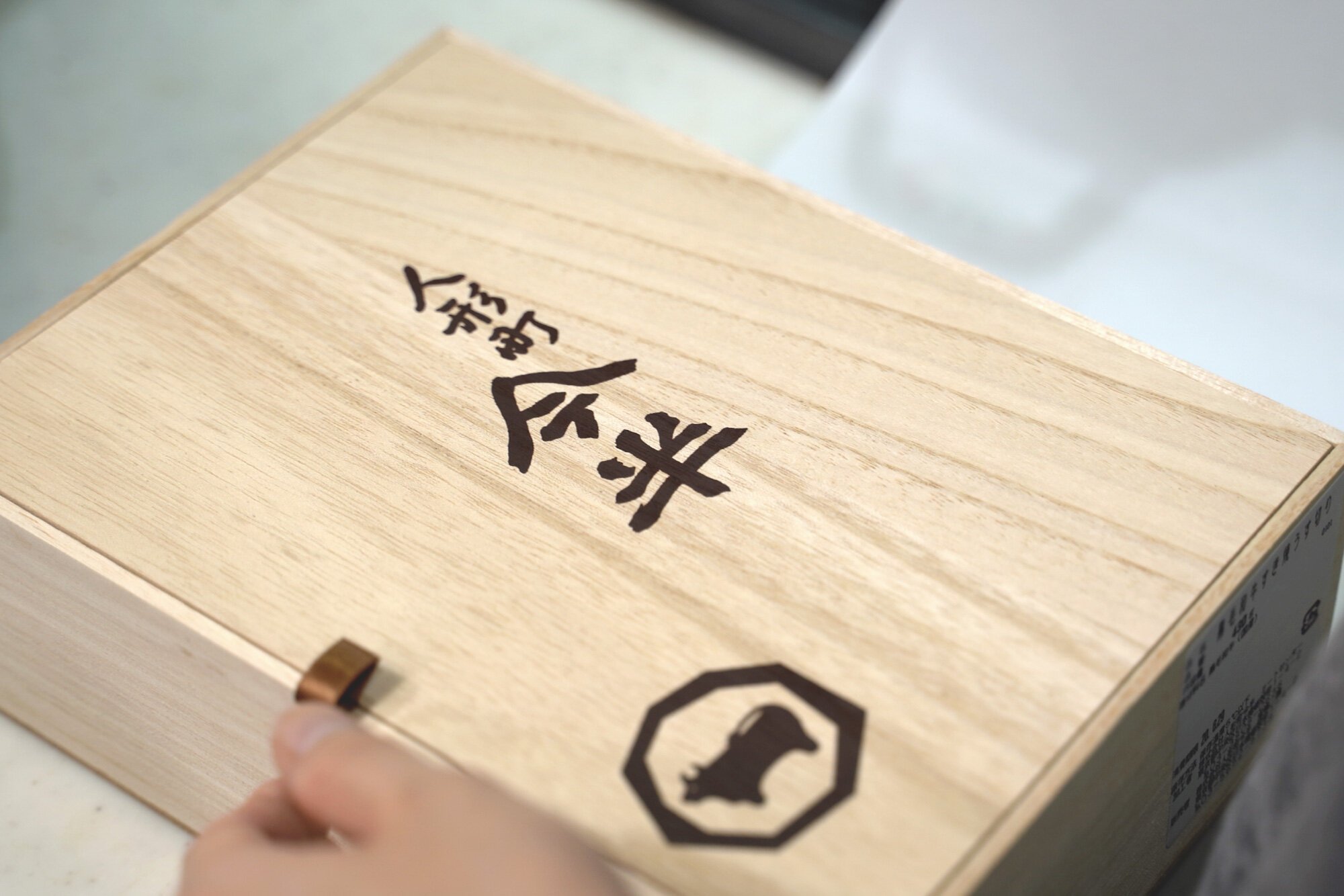
Famous for their Wagyu meals, Imahan dates back to 1895. They specialize in sukiyaki, but also prepare the beef in various different ways.
Their courses, services and overall ambiance are impeccable, and a place that I’d list as a must-do on an itinerary.
We were also gifted a box of their beef and it was nothing short of amazing. We used it to make Kansai-style sukiyaki - here’s a video of that.
Itadaki




Itadaki is a yakiniku restaurant that specializes in Tajima and Kobe Wagyu beef.
Rated as a very popular yakiniku resturant on Japanese review app Retty, everything here is delicious. The raw beef items may not appeal to everyone, but I highly suggest trying them out as well.
Like most good yakiniku spots, it can get a bit pricey (uni-topped loin is 2,500 JPY / ~ USD $23) but I definitely recommend trying this place out if you’re looking for some good yakiniku in the area.
Unison Tailor



If you’re walking around and exploring the neighborhood, you inevitably will need to take a break. We took ours at Unison Tailor, a small coffee shop.
The shop has a several tables and a small bar counter facing the window. Their menu ranges from baked goods to hot dogs and toast.
We stopped for cups of coffee, which are about 500 JPY (~ USD $4.55), and a flan pudding. Worth hopping in here if you’re looking to take a little break.









